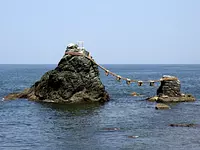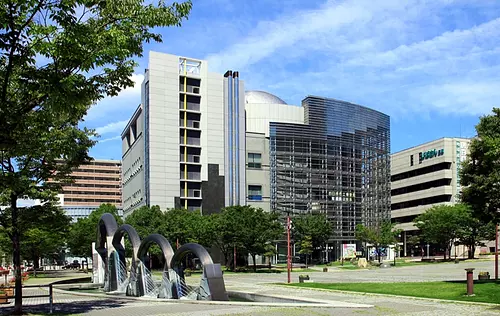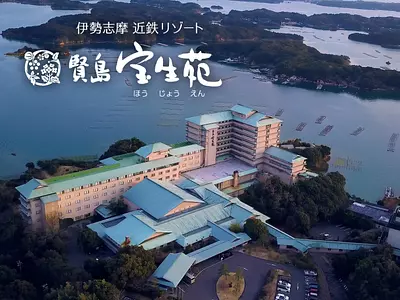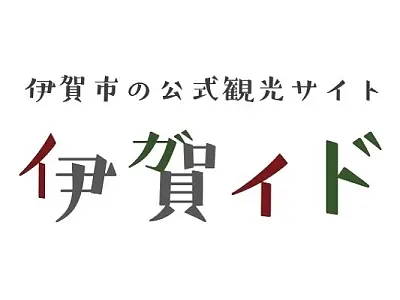We will introduce in detail the charms of YokkaichiMunicipalMuseum, Planetarium, and Yokkaichi Pollution and Environmental Miraikan!
掲載日:2018.09.22
The Yokkaichi YokkaichiCity YokkaichiMunicipalMuseum, GINGA PORT401 (planetarium), and Yokkaichi Pollution and Environmental Museum are wonderful spaces where you can learn about various things about Yokkaichi. In order to overcome the pollution problem known as Yokkaichi Asthma, YokkaichiCity has taken steps to improve the environment, achieving both industrial development and environmental conservation. Get to know Yokkaichi even more deeply at the museum, where you can have fun and learn, and at the planetarium, where you can see the world's best starry sky.
The combination of these three facilities is affectionately known as "Soranpo Yokkaichi."
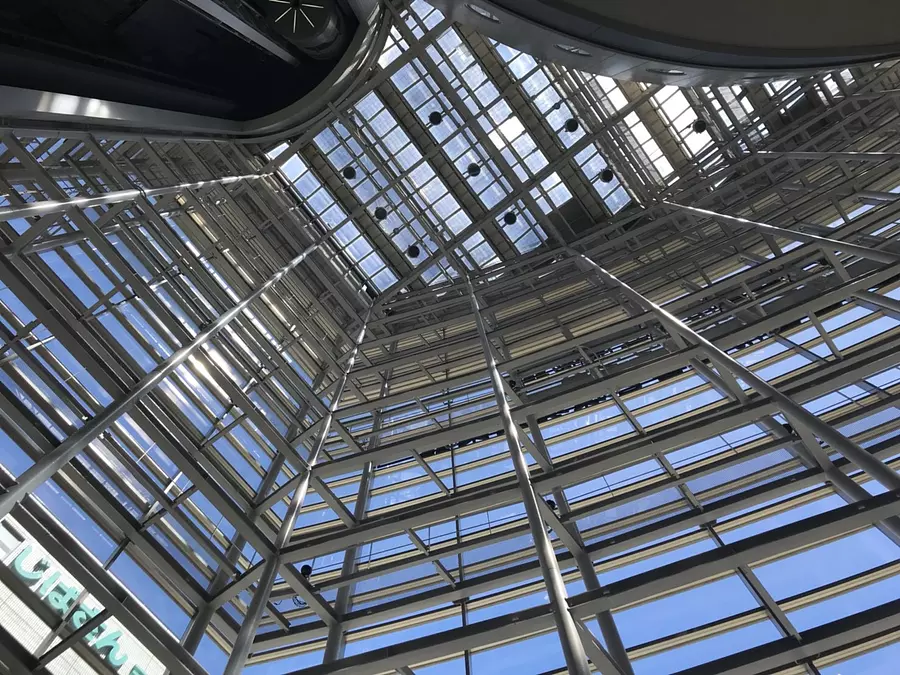
I went to "Yokkaichi YokkaichiCity YokkaichiMunicipalMuseum", "GINGA PORT401 (planetarium)" and "Yokkaichi Pollution and Environmental Museum" in Yokkaichi City!
When you think of a museum, you tend to think of just looking around, but here, there's a lot more to it than just looking, you can actually learn and do your own research! This time, we will introduce ways to enjoy the inside of the museum even more♪
3 minutes walk west from Kintetsu Yokkaichi Station. Then, a stylish glass building came into view!
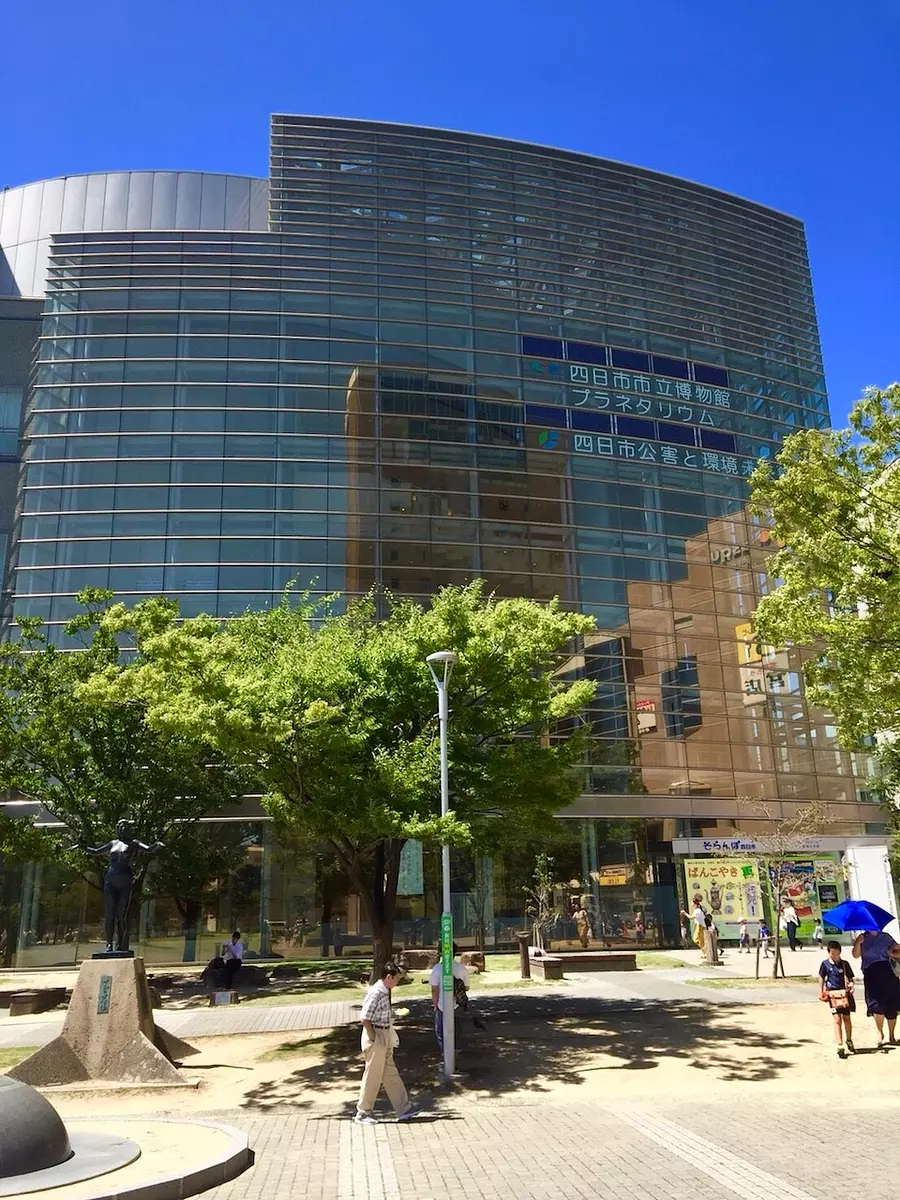
So let's go inside!
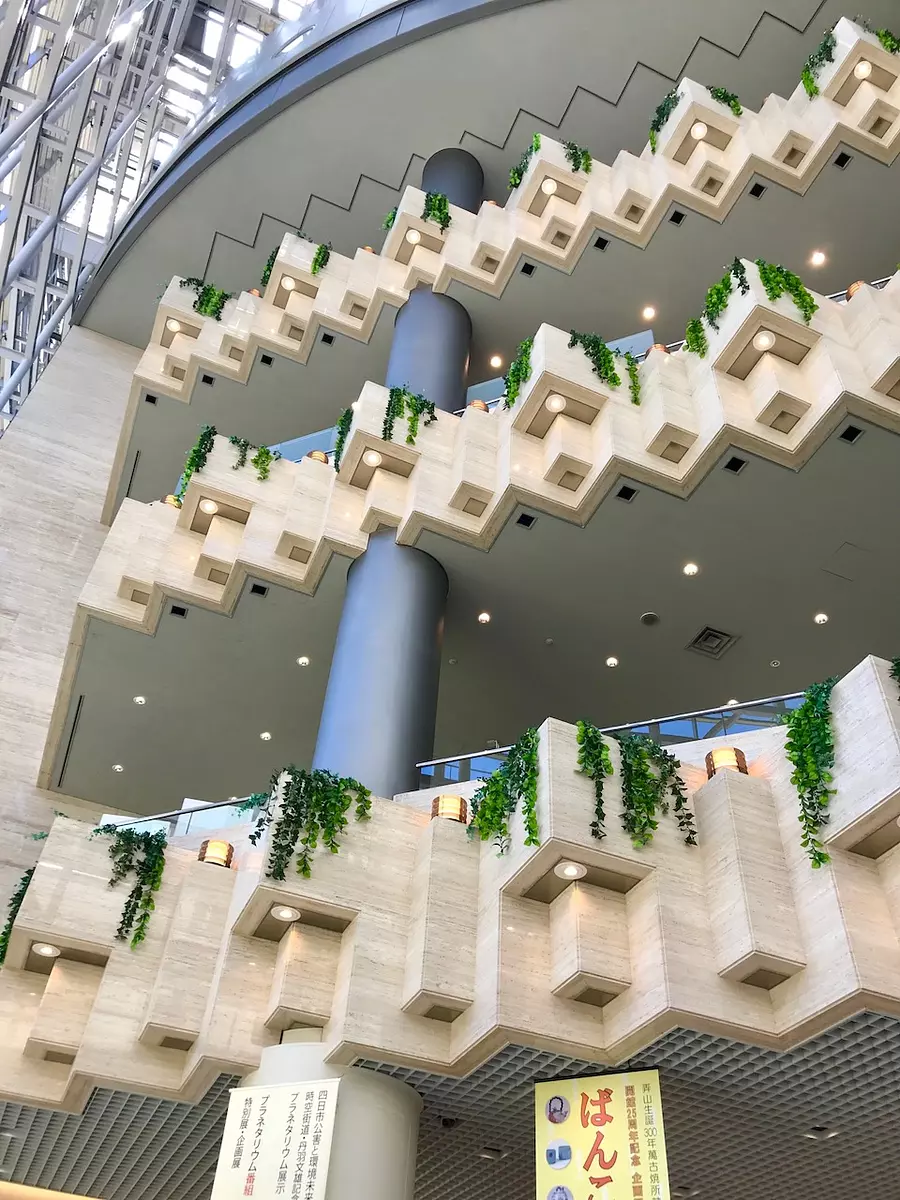
It is a 5-story structure, and the first floor is the entrance hall as soon as you enter.
The first floor has the general reception, museum shop, lecture room, and the learning area (book corner, training/practical room) of the Yokkaichi Pollution and Environmental Future Museum.
On the second floor is the exhibition area of the Yokkaichi Pollution and Environmental Future Museum.
On the third floor, there is YokkaichiMunicipalMuseum 's permanent exhibition (Time and Space Road) and the Fumio Niwa Memorial Room.
The fourth floor is the special exhibition room of YokkaichiMunicipalMuseum.
On the 5th floor, there is a planetarium "GINGA PORT401".
The permanent exhibition (Space-Time Highway) at the Yokkaichi Pollution and Environmental Future Museum and YokkaichiMunicipalMuseum is free, but there is a fee for the special exhibition room and planetarium, so please register at the first floor first.
Now, let me introduce you to the first floor. First of all, when you think of a museum, it's the museum shop!
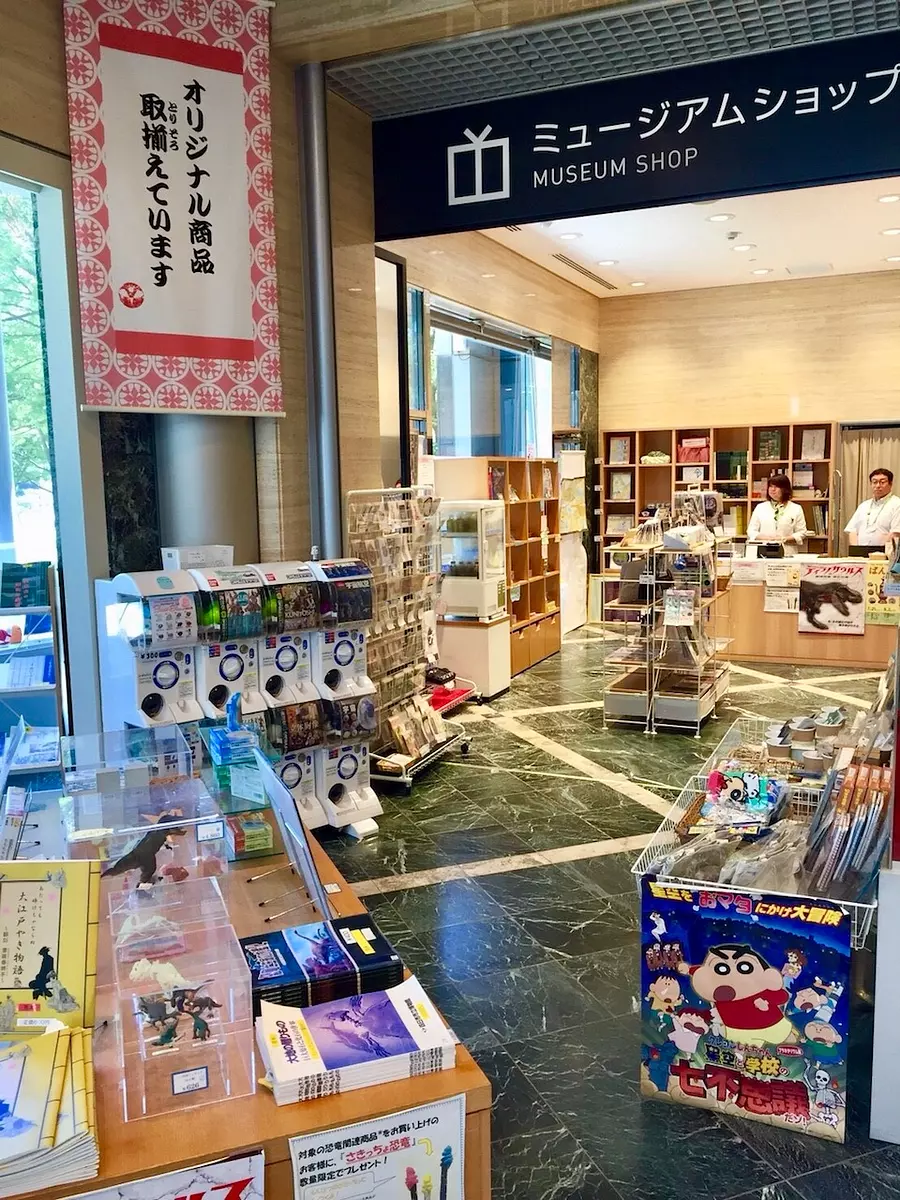
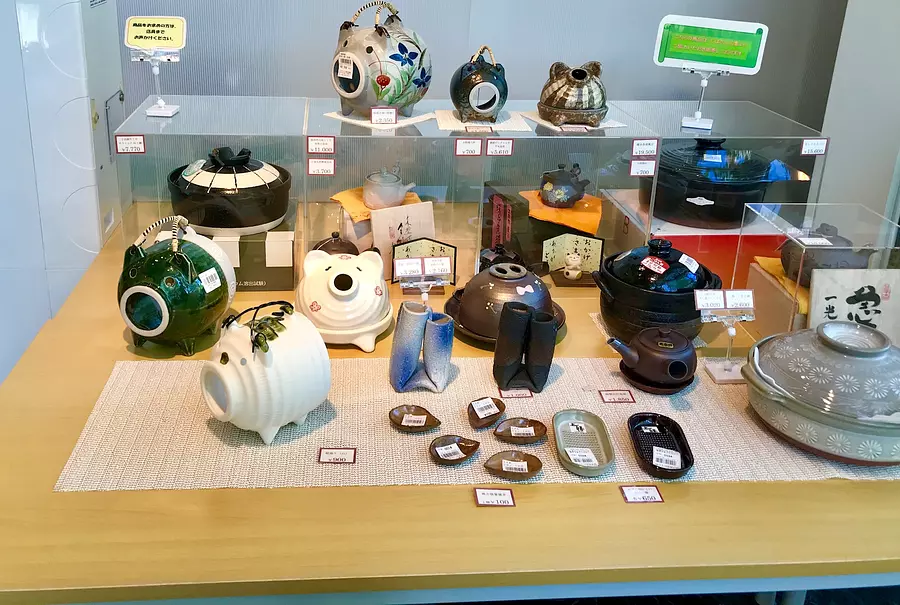
We also have souvenirs related to the special exhibition! Currently it looks like Bankoyaki.
The pig mosquito repellent incense holder is so cute~♪ Be sure to stop by on your way home.
Next is the book corner of the Yokkaichi Pollution and Environmental Future Museum.
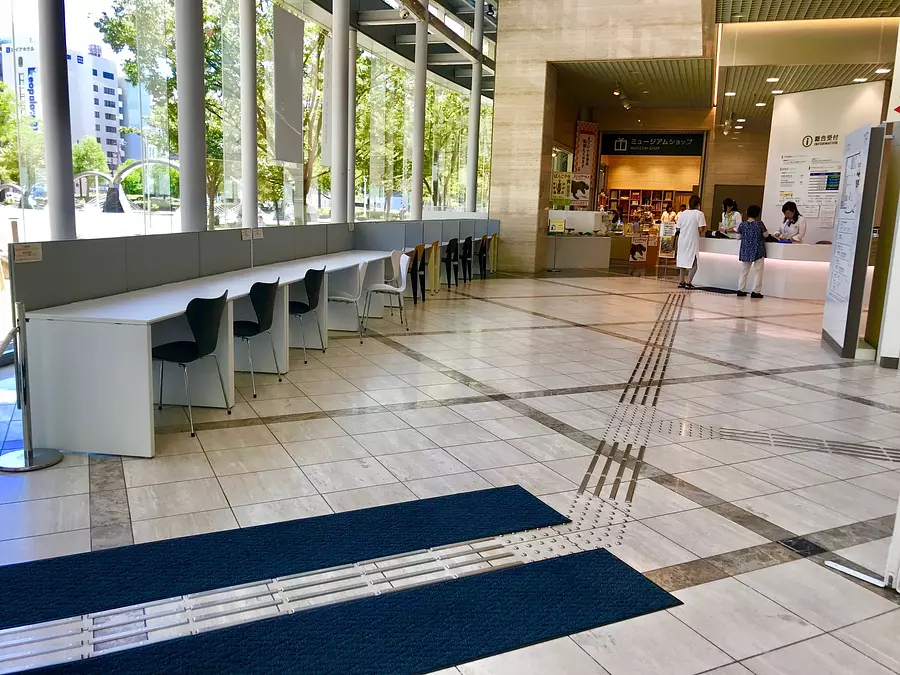
It can also be rented out, making it a perfect place for children to study.
There is also a small study space on the side, so it might be a good idea to use it as well.
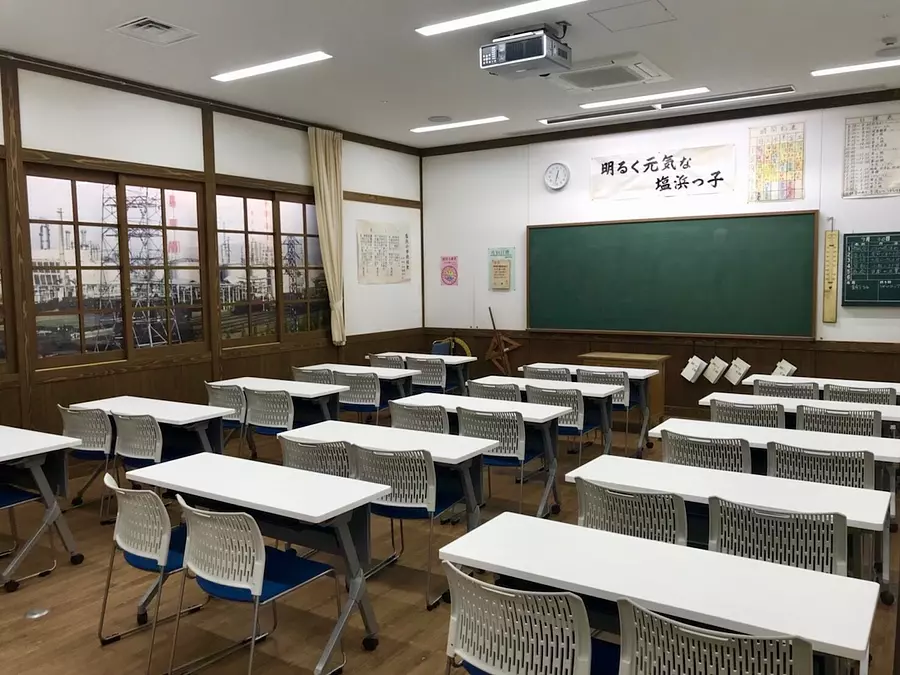
An elementary school classroom and a factory from the window...?
Surprisingly, this room is a reproduction of an elementary school in the Shiohama district of YokkaichiCity, and is designed so that you can see the factory scenery from the window.
Although not shown in the photo, there is also a lecture room where various lectures are held.
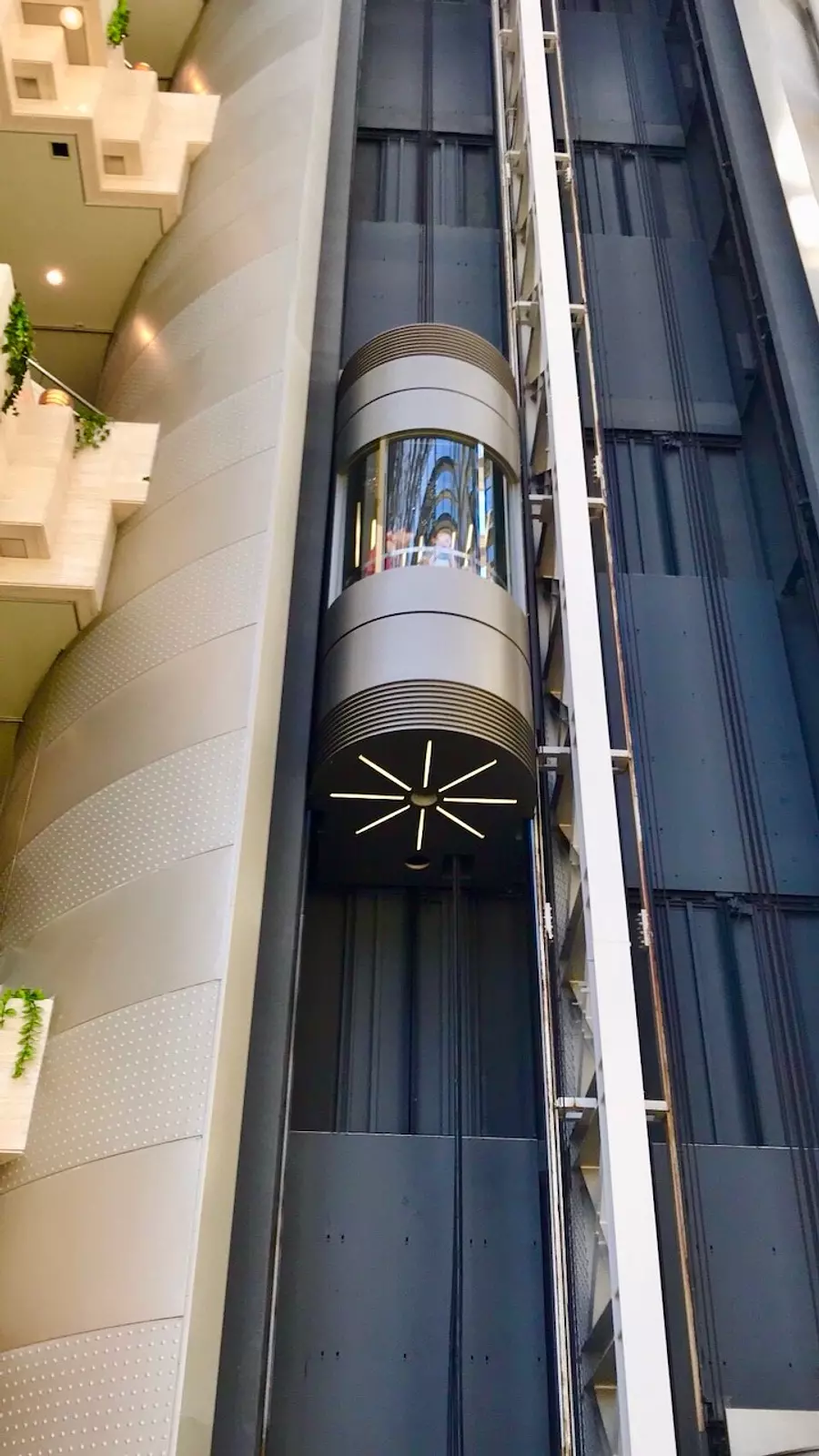
Climb up to the third floor using a futuristic elevator.
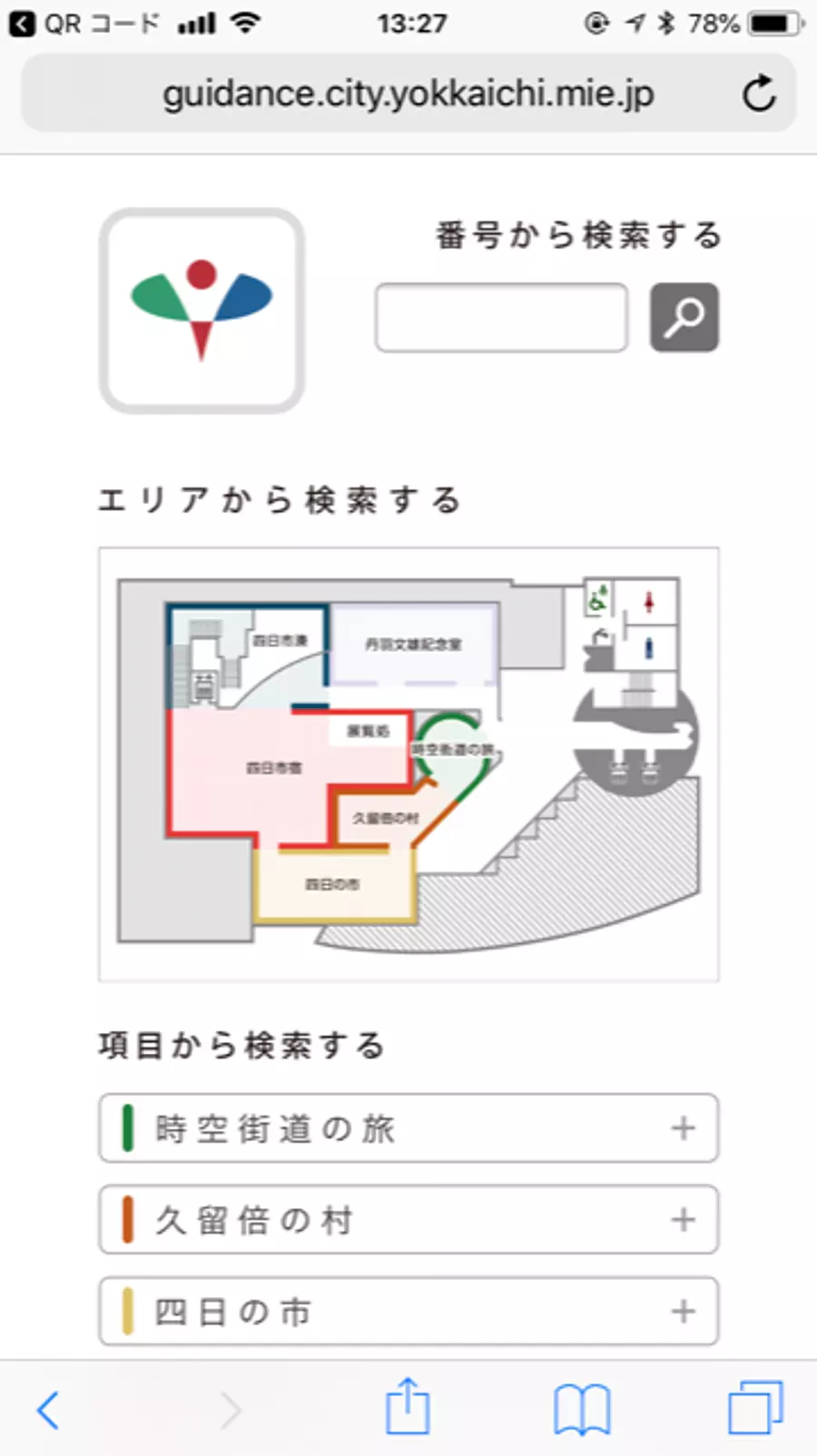
Before taking a look around the museum...did you know that there is a website that is very useful when visiting YokkaichiMunicipalMuseum and the Yokkaichi Museum of Pollution and the Environment?
That is the site called Exhibition Guide!
→ Exhibition Guide (YokkaichiMunicipalMuseum /Yokkaichi Pollution and Environmental Future Museum)
Not only can you view the exhibition guide with explanations on your smartphone or tablet, you can also listen to the audio guide and enjoy quizzes!
Tablets can be lent out for free, so even children who don't have smartphones can use them. If you use them together, you will be able to learn more deeply.
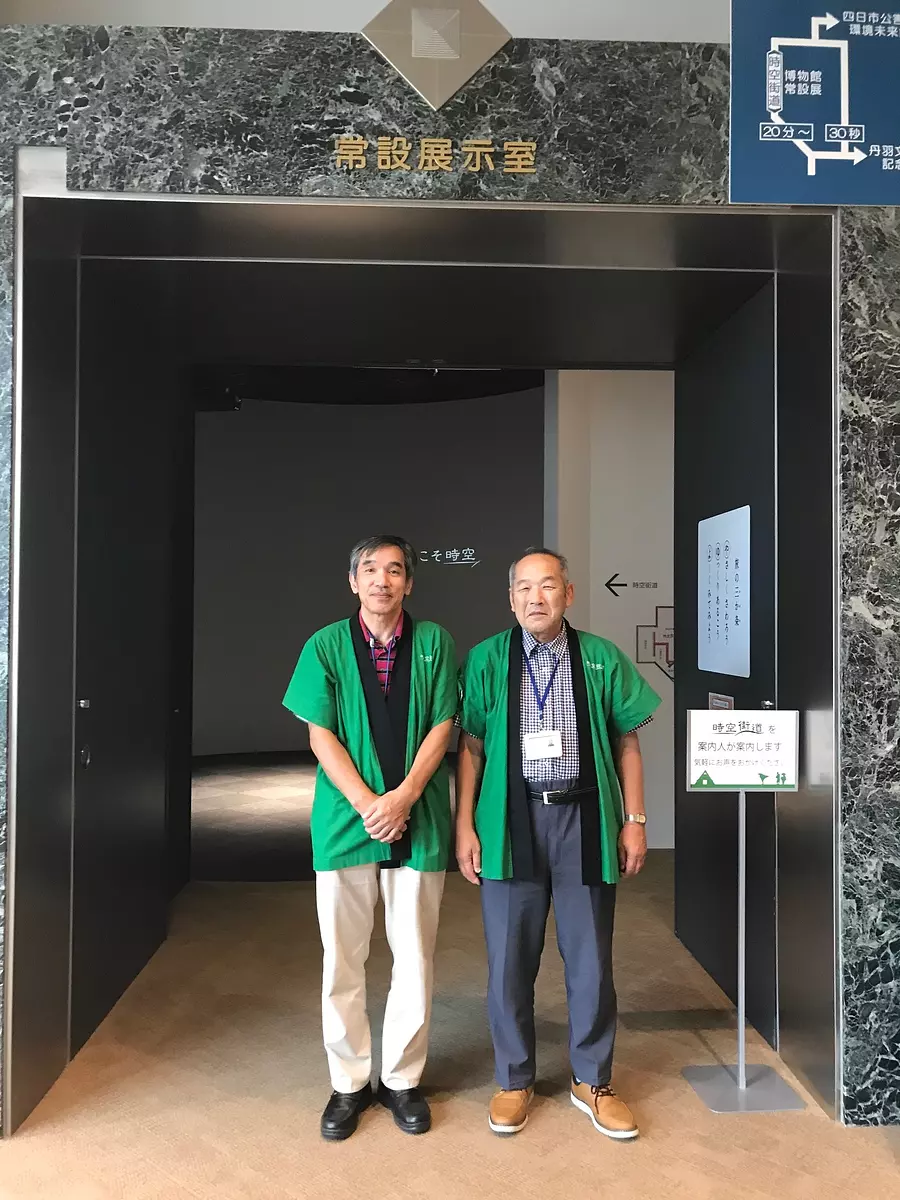
Now, let's go to the "Time and Space Road" exhibition area that introduces the history of Yokkaichi from primitive and ancient times to the Edo period.
There are volunteers, so if you wish, you can have them guide you for free.
You can ask questions about things you don't understand just by looking at them, so be sure to ask them to guide you!
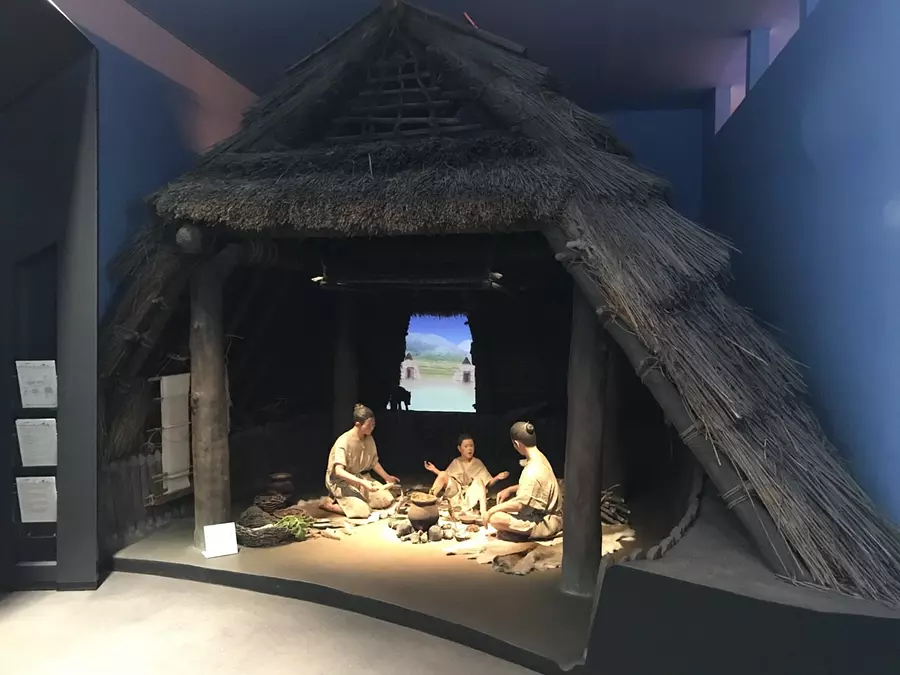
It's like traveling back in time. The people are so real that they look like they're about to start moving!
There are many places where photography is allowed, so you can take photos and use them for independent research.
So let's keep taking pictures. (There are some areas where photography is prohibited)
If you look closely, you will notice that the lighting changes, and the seasons and time change rapidly, so even in the same place, you can see it in various situations, morning, day, and night, spring, summer, fall, and winter.
I don't get bored even if I stay in one place.
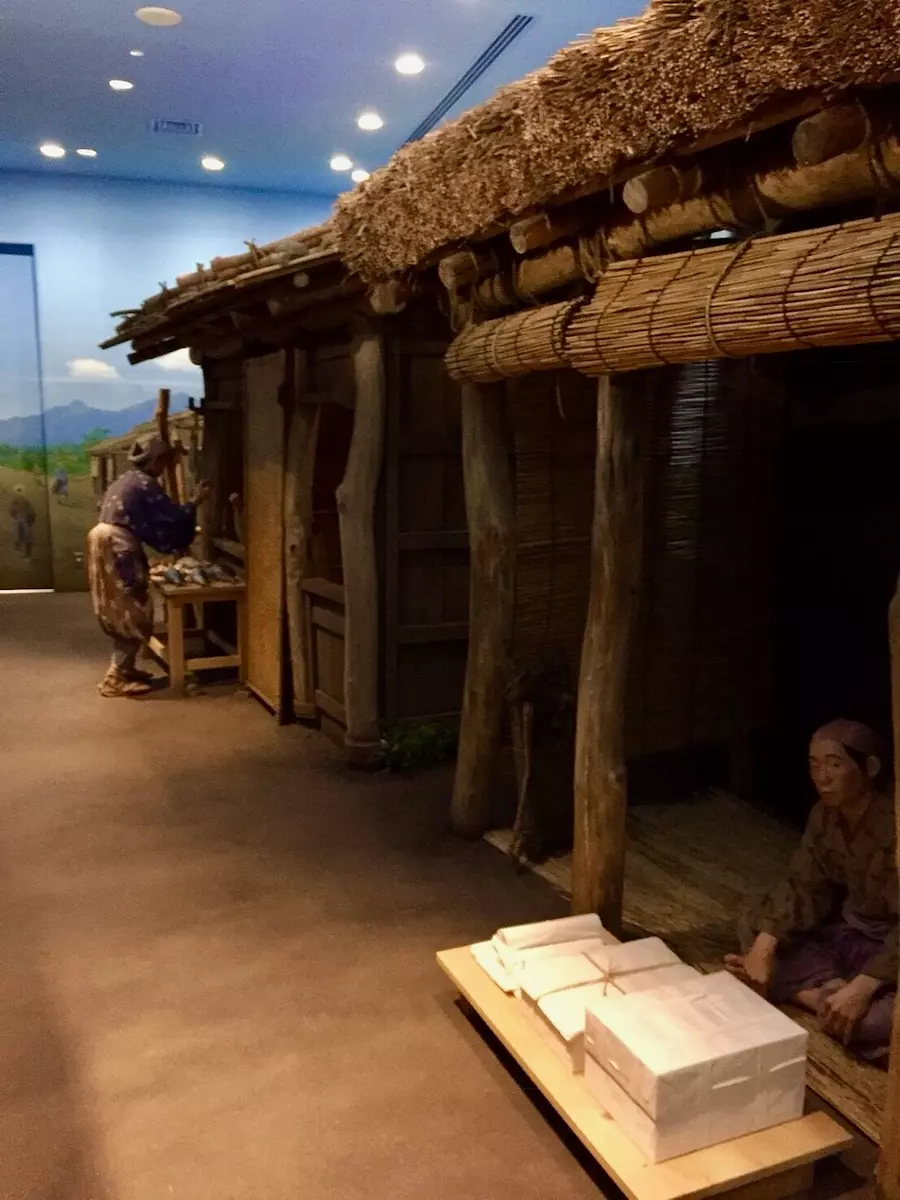
Moving forward, the era suddenly shifts to the Muromachi period.
The ``market'' held on the day with the number 4, which is the origin of the name ``Yokkaichi'', is being recreated.
In addition to buildings and people, let's pay attention to the background of the wall. The person who wrote this is actually an amazing person! If you are interested, please ask a volunteer!
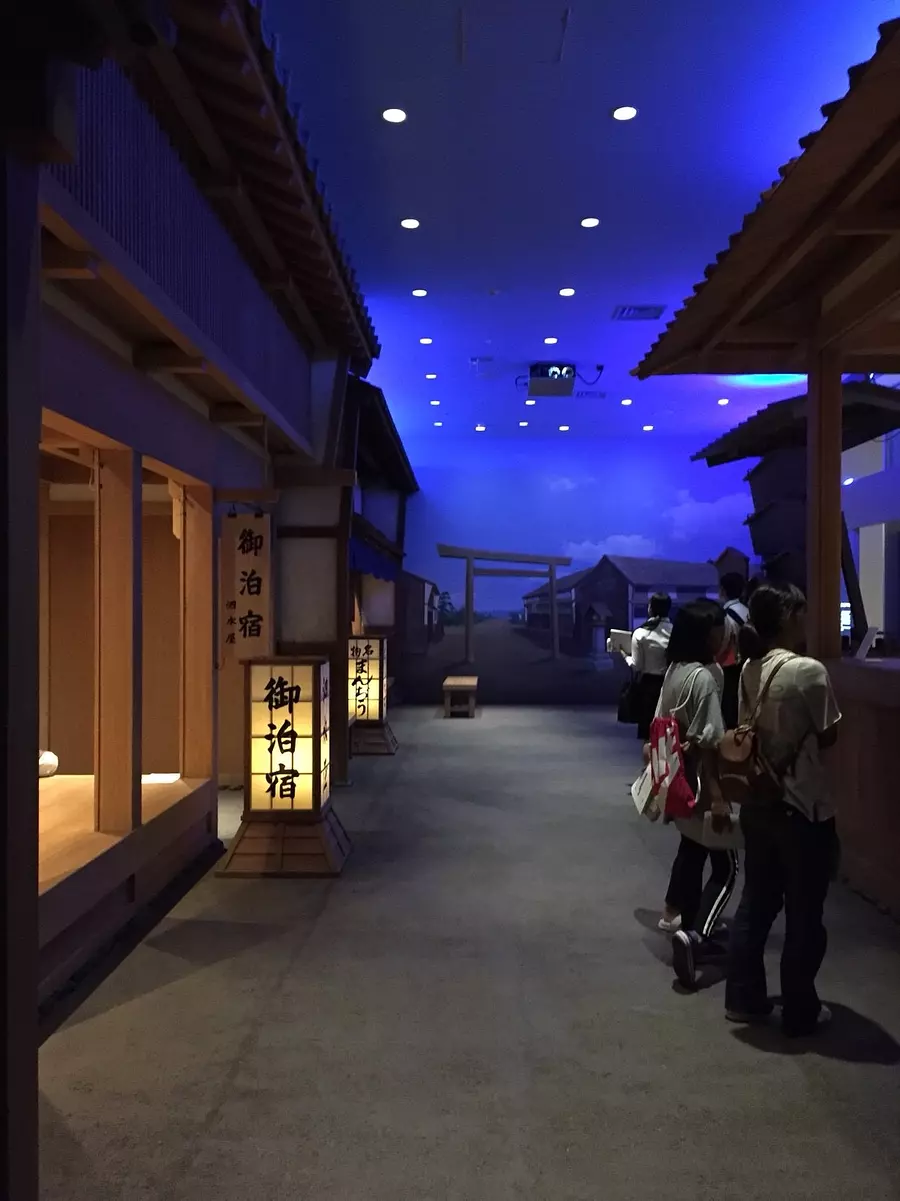
You can experience Yokkaichi during the Edo period, when it was bustling with tourists.
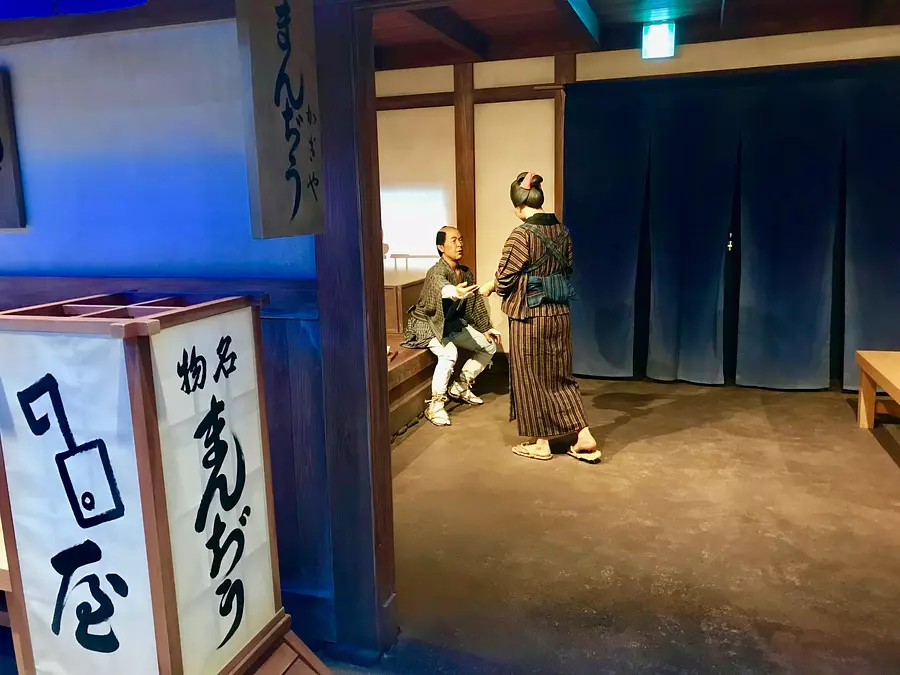
The dolls here are also very realistic...
If you look closely, don't you feel that their height and bones are gradually approaching those of us today?
At Space-Time Highway, they seem to be very particular about the realism of the dolls, such as their height! I would like to pay attention to it when I visit.
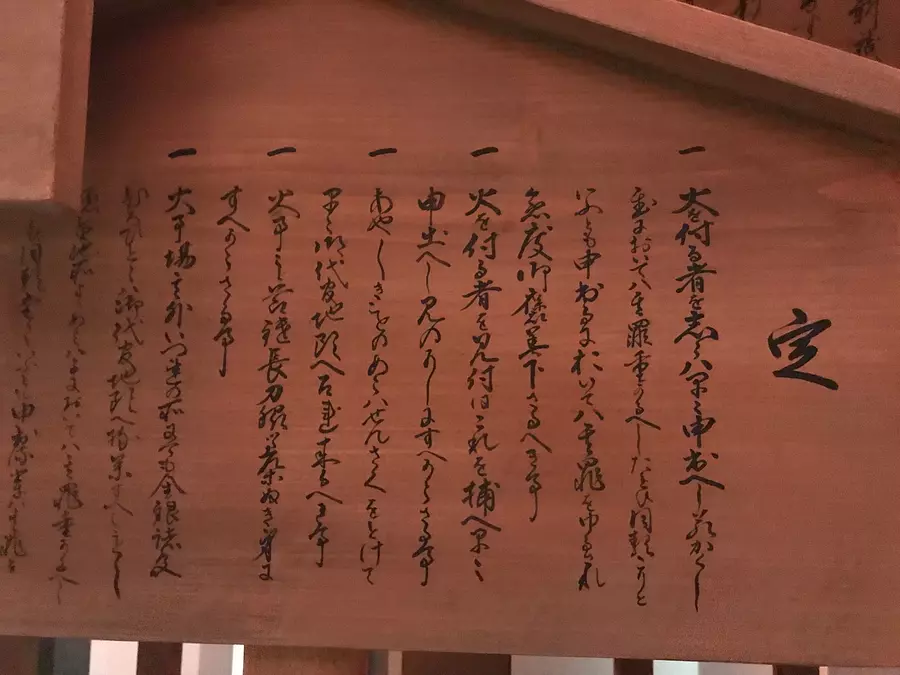
A message from the shogunate is written on the ticket counter next to the manju shop.
Hmm...I can't read the contents...The museum holds ancient document classes at events, so maybe if I attend there I'll be able to read them. !
This is a popular event that fills up quickly, so apply early!
After viewing the video of Yokkaichi Minato at the end of the exhibition area, let's go to the Fumio Niwa Memorial Room.
You can see the achievements of Mr. Fumio Niwa, an Order of Cultural Merit recipient from YokkaichiCity.
Photography is not allowed inside the room, so I can't show you what it looks like inside, but you can go inside the reception room, and the Western-style interior is worth a look!

You can learn about the history of Yokkaichi asthma, one of Japan's four major pollution-related diseases, and the various efforts aimed at improving the environment.
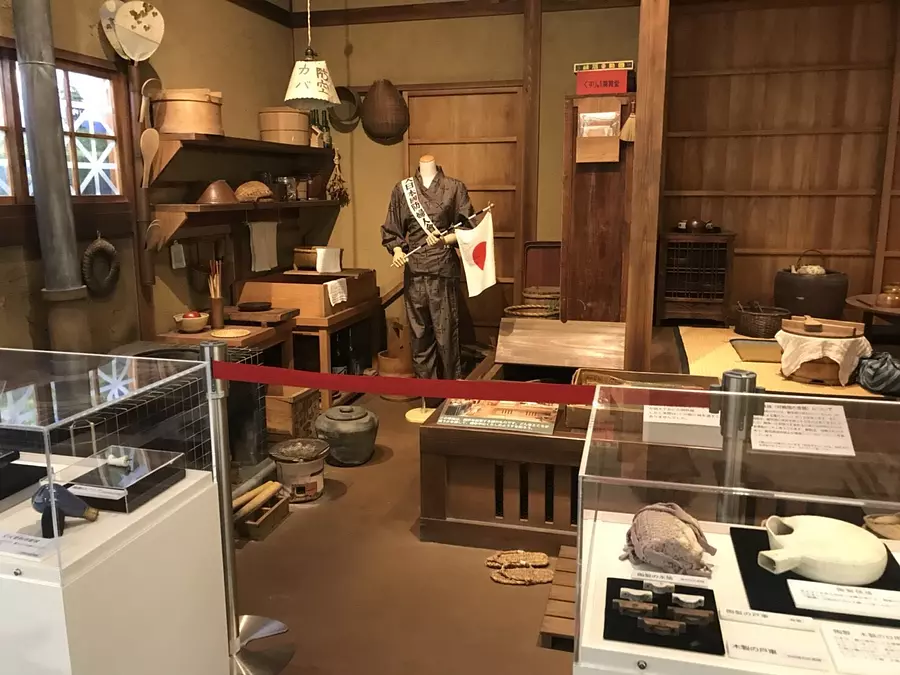
The state of affairs from the war period to the period of high economic growth after the war is clearly displayed.
What is most eye-catching is the space that recreates the lifestyle of those days.
It's as real as if people had lived there before! It brings back memories of the simple life of wartime.
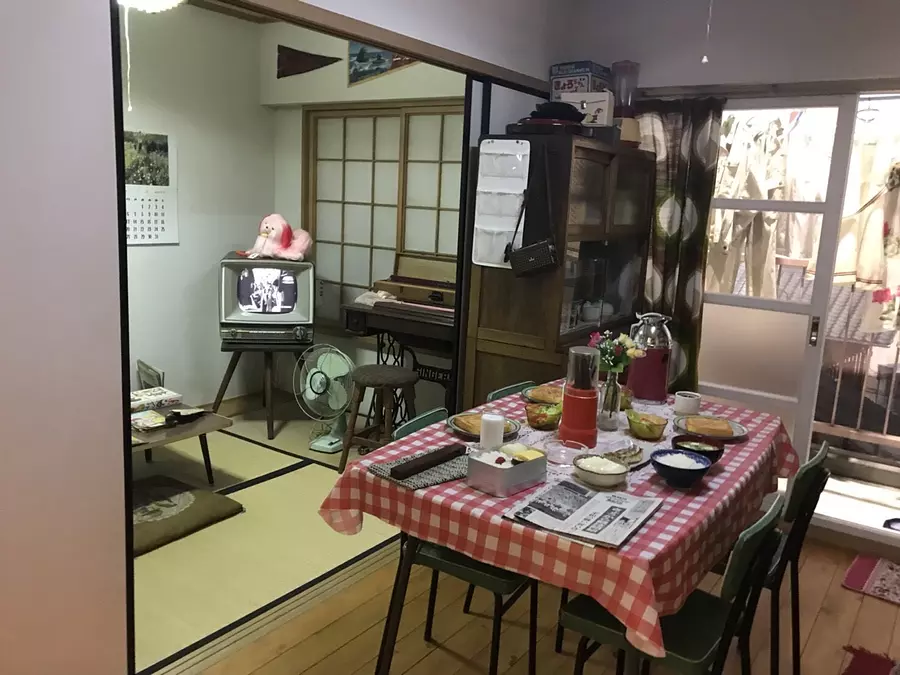
After the war, Japanese industry developed rapidly, and people sought a more convenient life and became more affluent. You can see how the lives of Japanese people have changed tremendously in just a few years.
However, this was a foreshadowing of pollution...
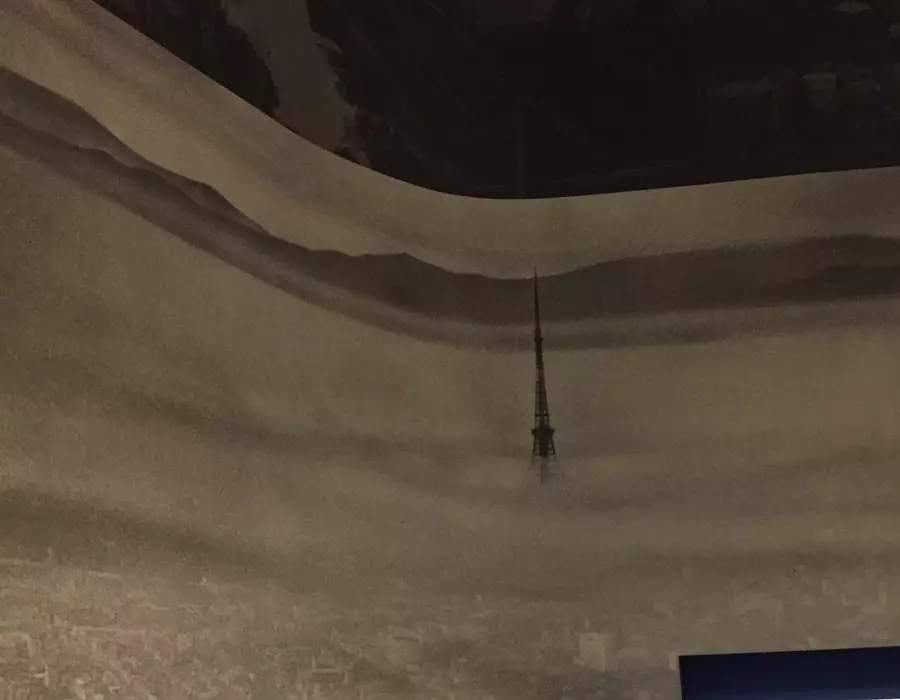
Next is the "Pollution Occurrence" zone. The photographs lined up all over the wall are black and white and vivid, and the horror of pollution is clearly conveyed.
This is a photo of the area around Tokyo Tower at the time. The surrounding town is covered in smoke!
Many factories were built casually due to mass production. The cause of pollution seems to be the smoke emitted by this factory.
You can visually see that Yokkaichi, an industrial city, was suffering from air pollution just like Tokyo, and the health damage was becoming more serious.
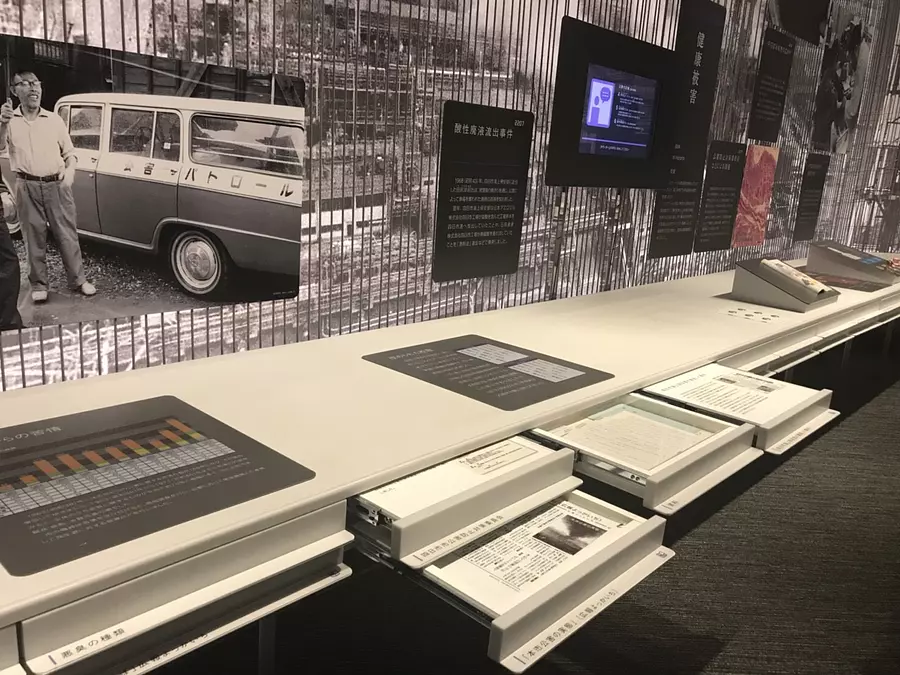
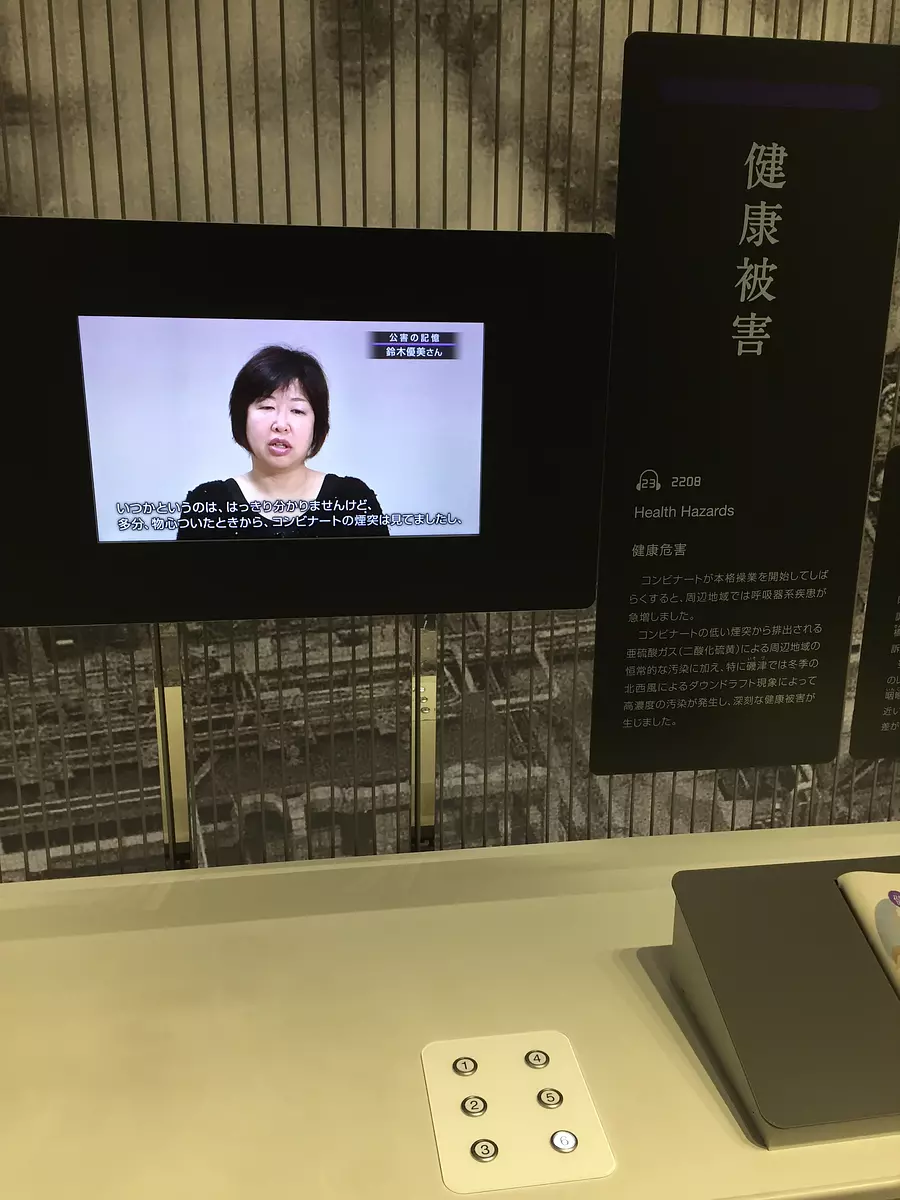
It feels like the person himself is speaking to me, and I can imagine the situation at that time more clearly.
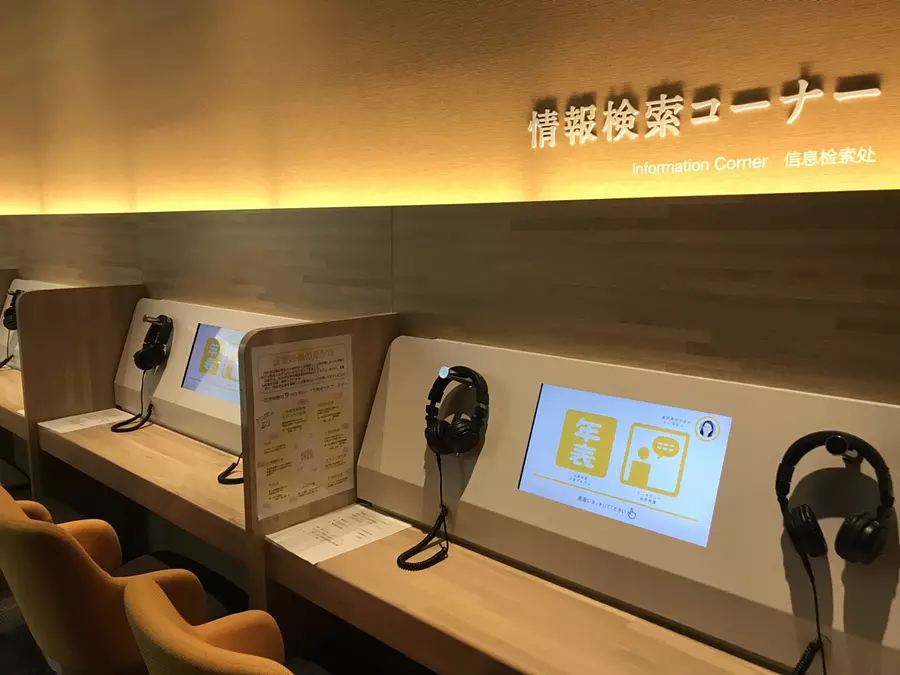
Here you can freely view valuable interview videos of people involved in the Yokkaichi pollution. You can hear testimonies from a variety of angles, including the victim's side, the company's side, the doctor's side, and the government's side, so please feel the conflict between different positions and viewpoints.
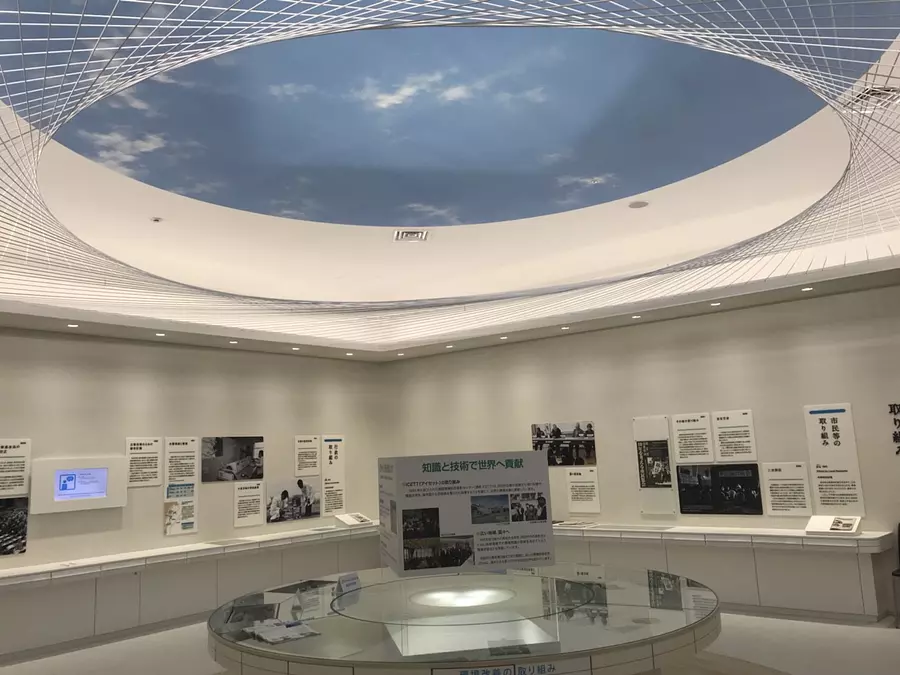
As you go further, the blue sky spreads out!
The ``Environmental Improvement Efforts'' zone exhibits the efforts of people from all walks of life who have taken a stand against pollution.
Thanks to the efforts of many people, we were able to regain the beautiful blue skies of Yokkaichi.
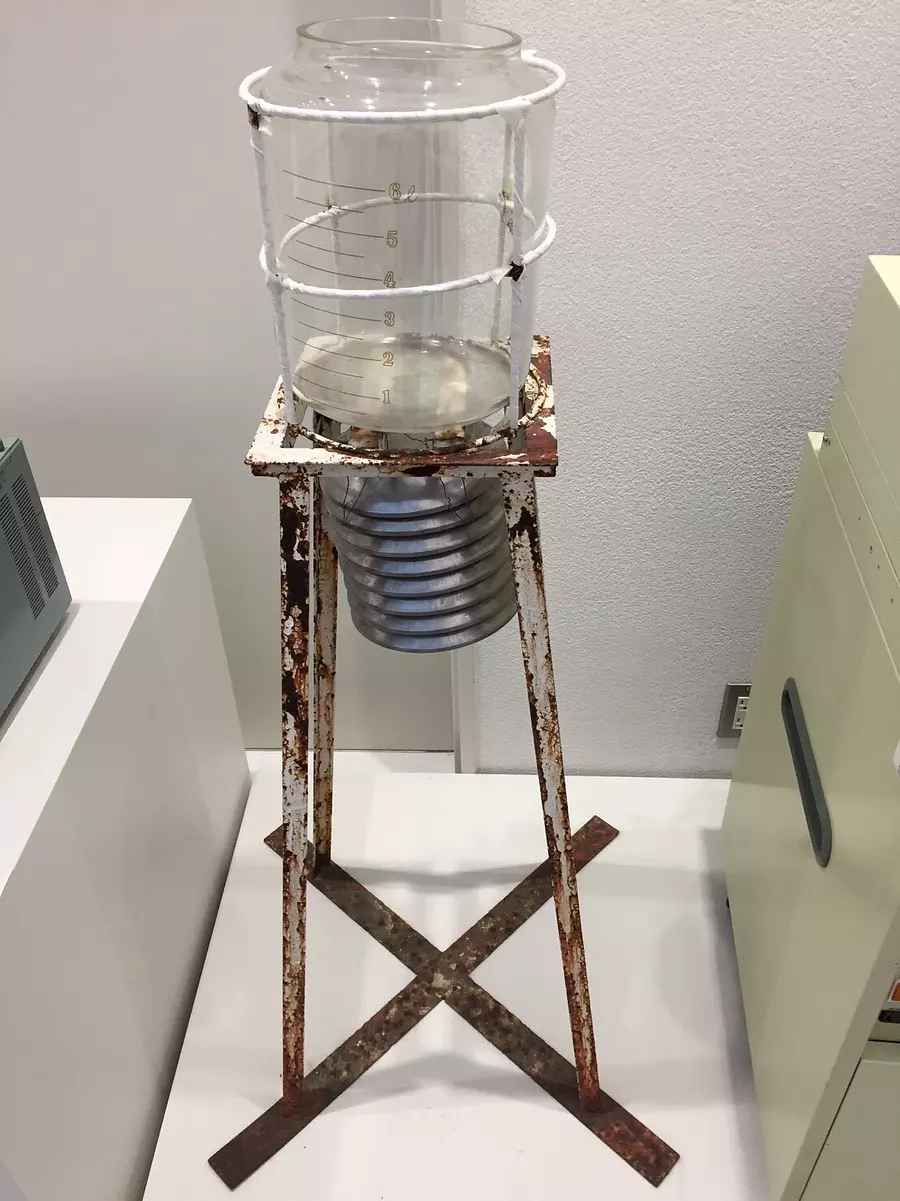
It is said that he played a very important role in countering pollution in Yokkaichi. Find out the answer yourself!
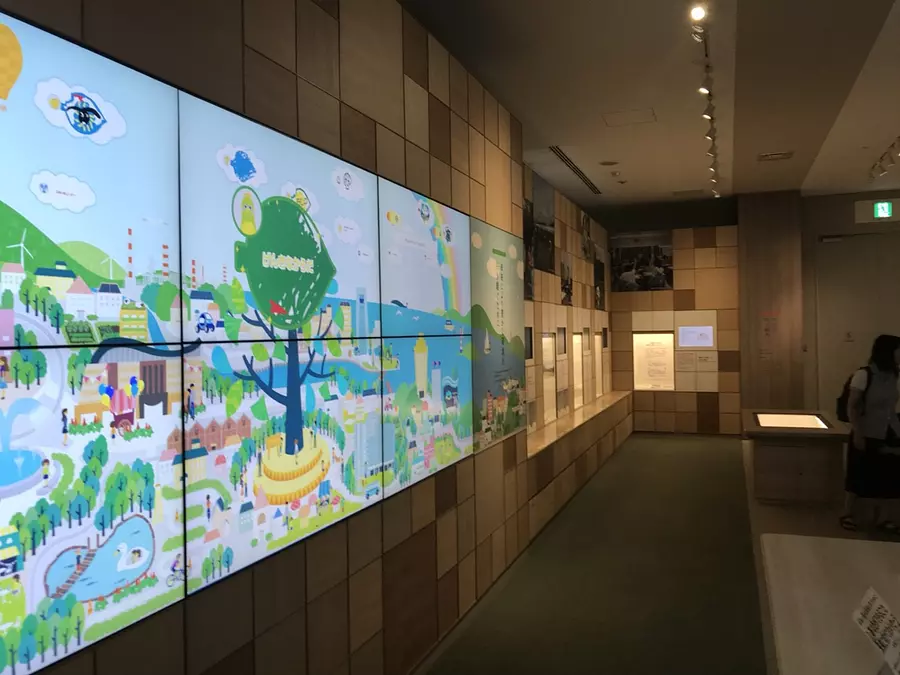
I learned that the landscapes and environments that we take for granted today have been protected and preserved through tremendous efforts in the past. Those of us who have inherited this heritage are the only ones who can learn from the past and apply it to the present in order to avoid repeating the same mistakes.
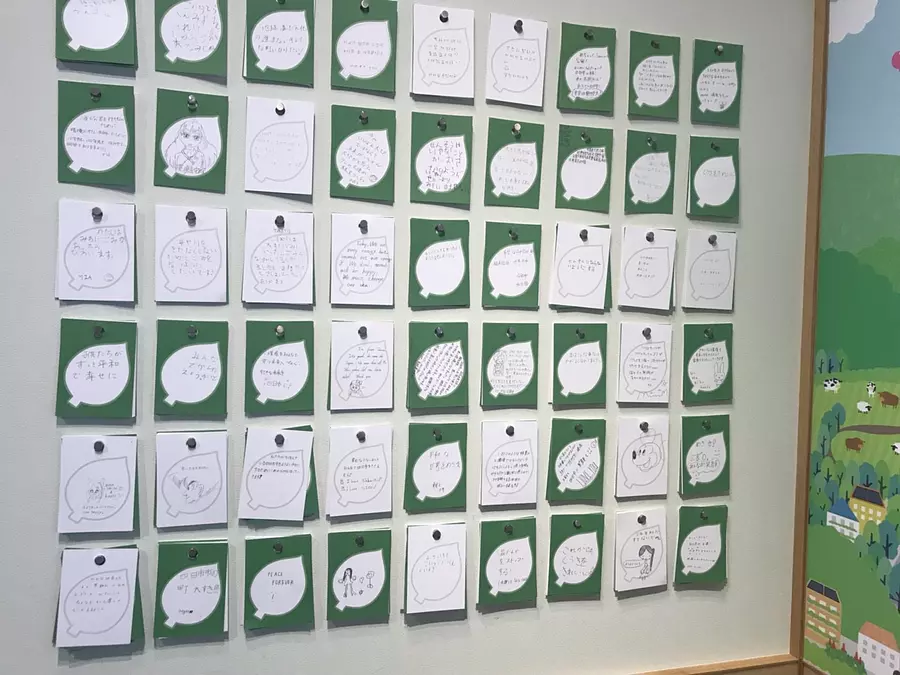
At the exit, visitors' thoughts and impressions about pollution are written down. Some of them are visitors from abroad.
The uncompromising attention to detail, including life-size models and mechanisms for active learning, will make you feel as if you have traveled from modern times to the present day.
Environmental issues also begin in Yokkaichi and make us think of them as issues for Japan, the world, and the earth.
Well, we have finally returned from the past to the present. Next, let's travel from Earth to space!
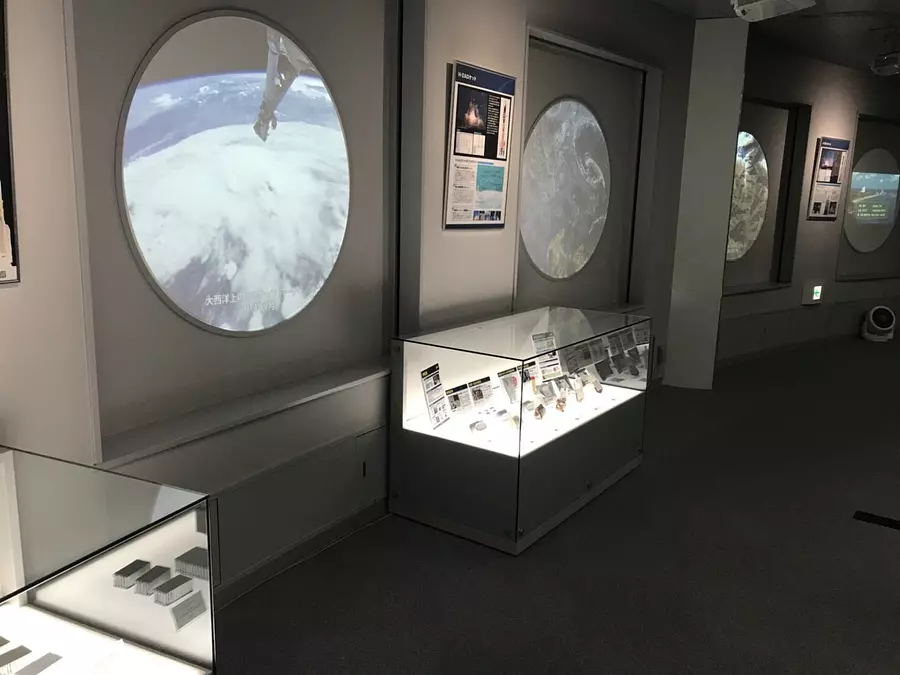
When you go up to the 5th floor...is this a space station?
Space is projected onto the window-like screen, creating the illusion that you are actually in space. This is Ginga Port 401 (Ginga Port Yonmaruichi) on the top floor. It was built with space port in mind.
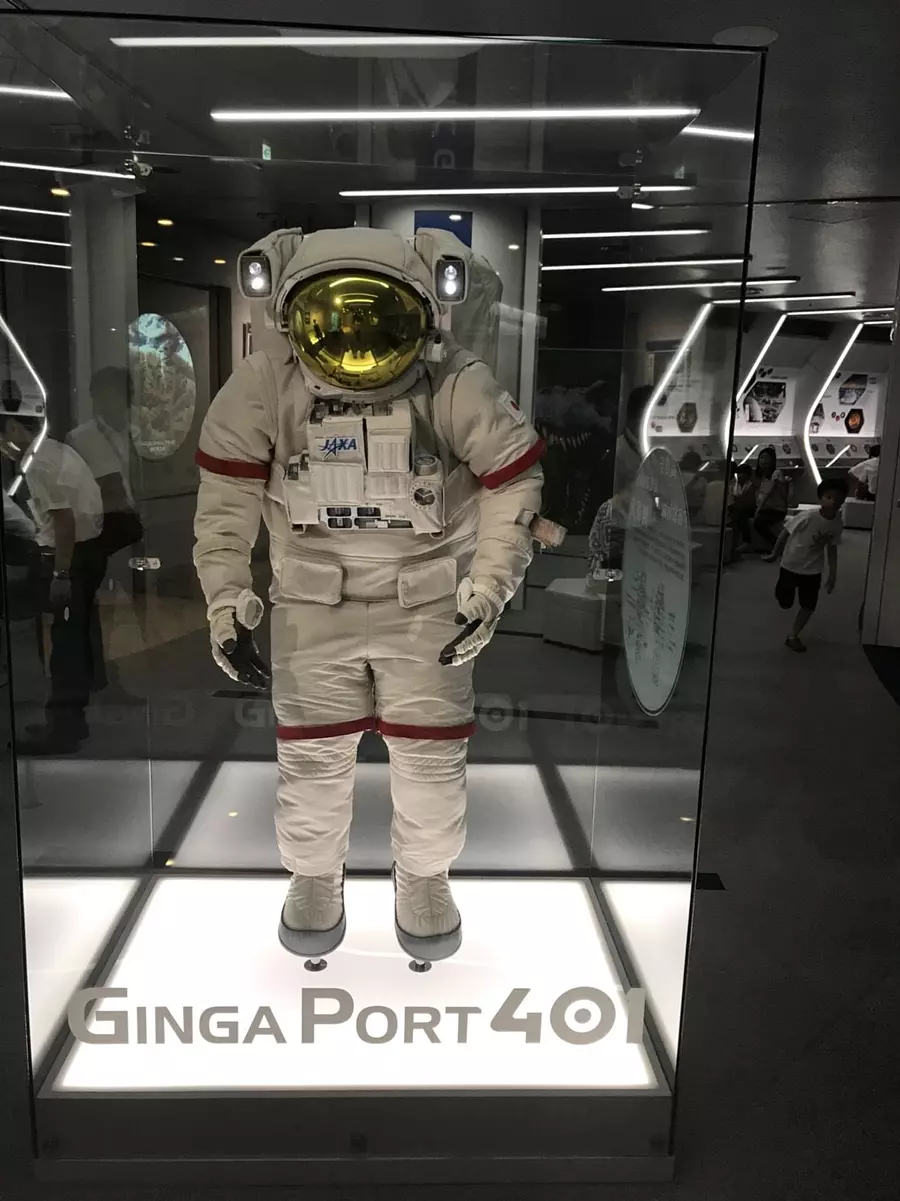
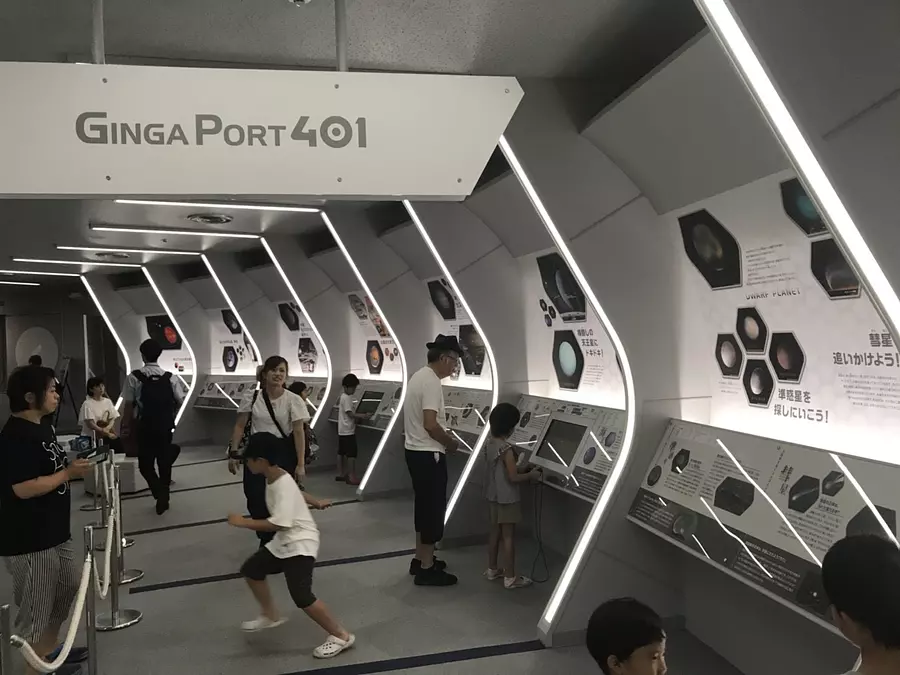
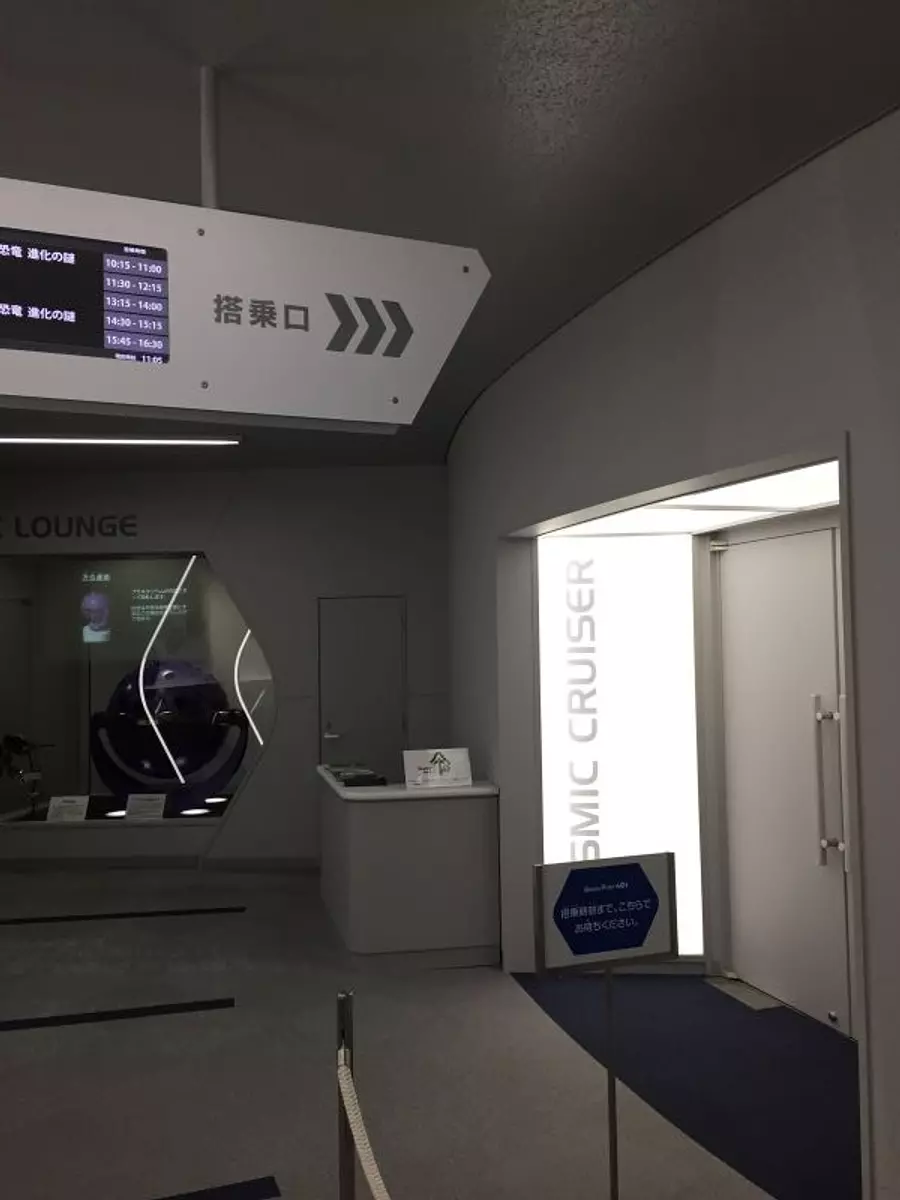
Start your journey through space at the planetarium! !
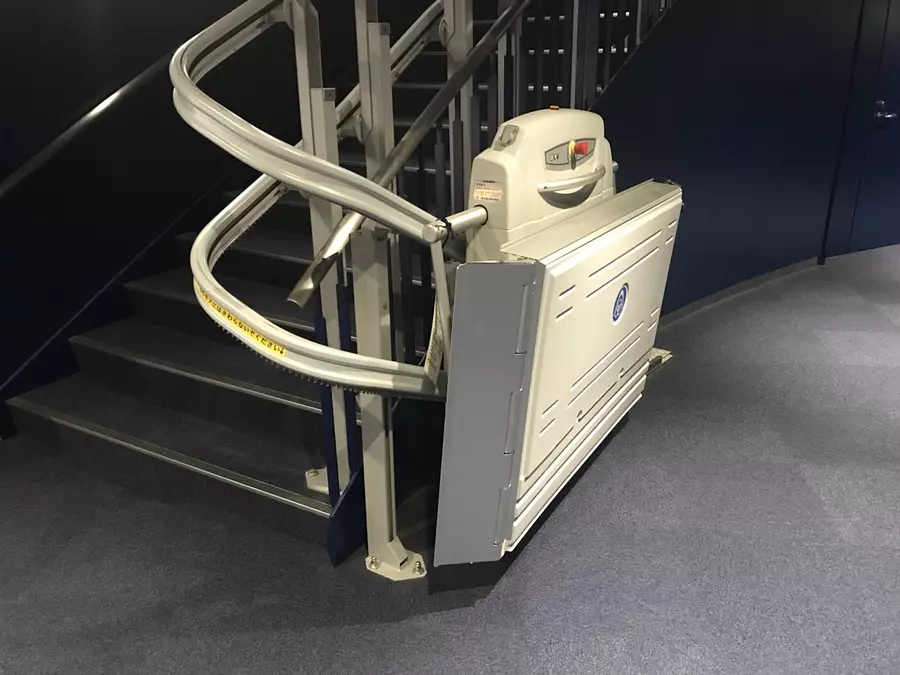
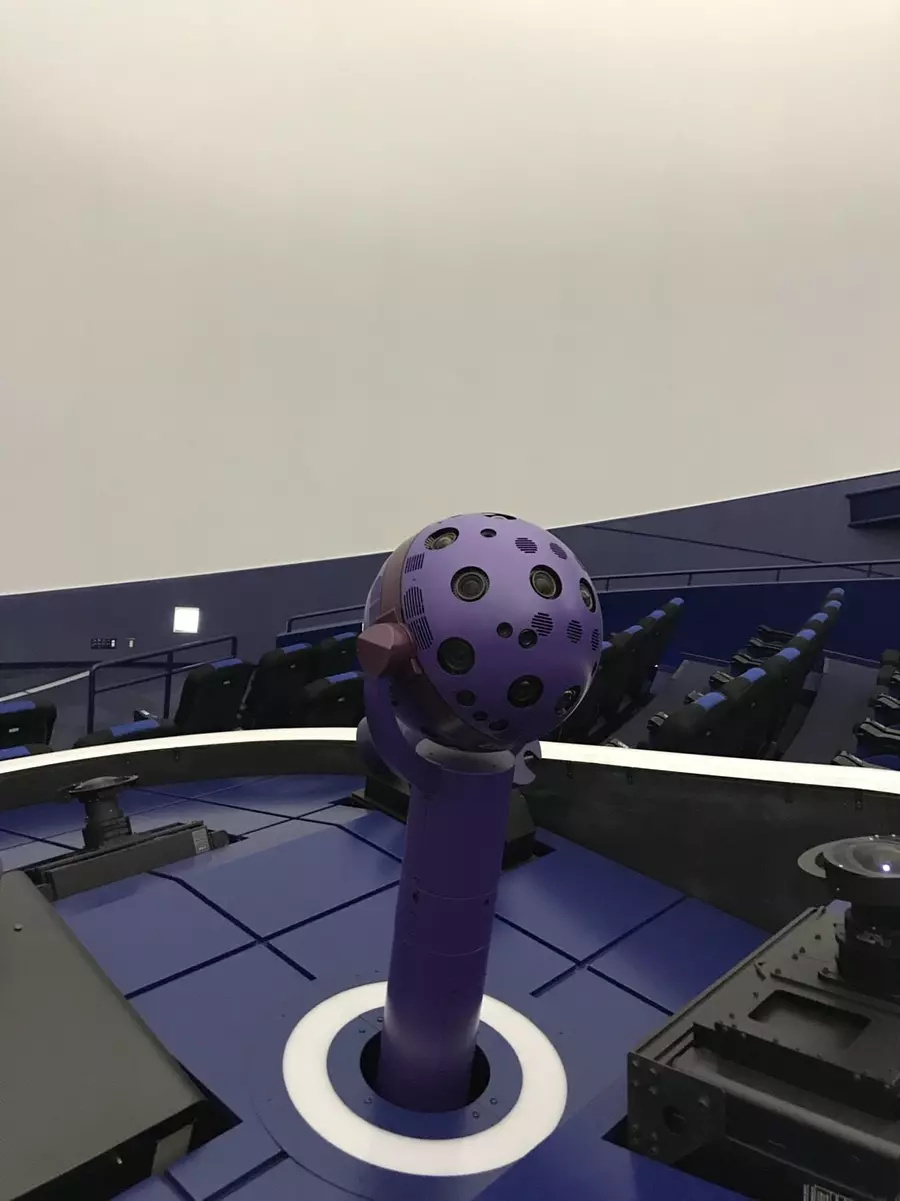
When you enter the planetarium, there is a projector in the middle.
It may look cute, but this planetarium projector CHIRON401 is capable of projecting over 140 million stars, and has been certified by the Guinness World Records as the "planetarium that projects the most stars." I'm teru!
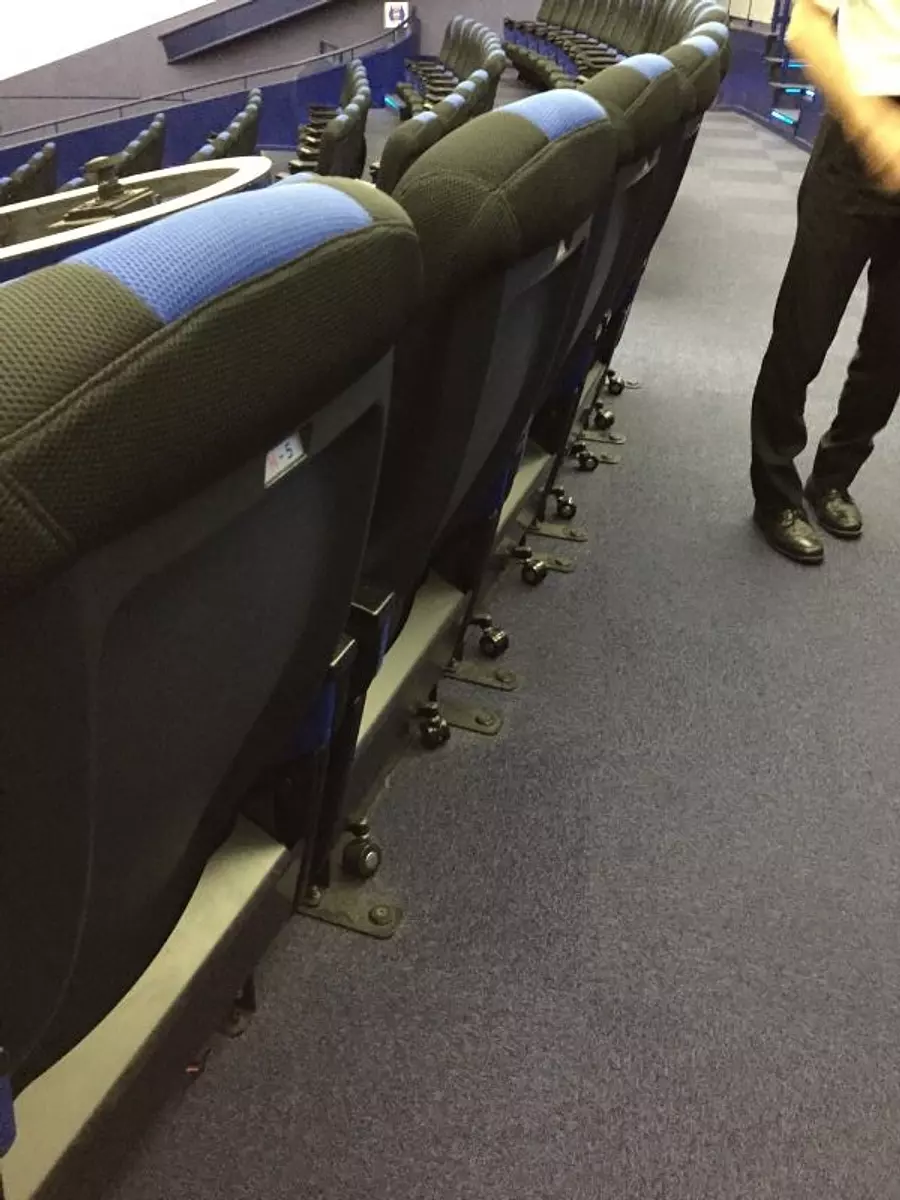
This seat is right in the middle and has the best view. I appreciate the attention to detail.
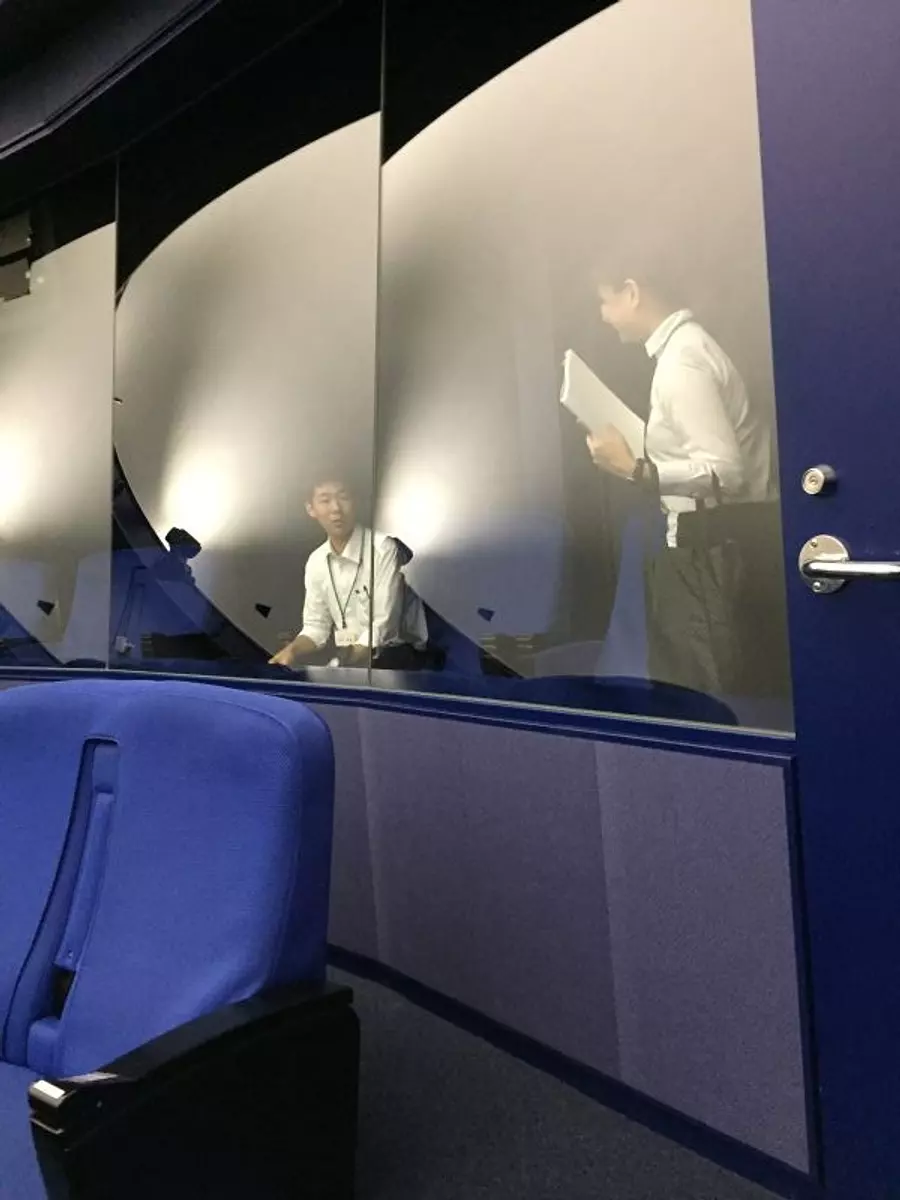
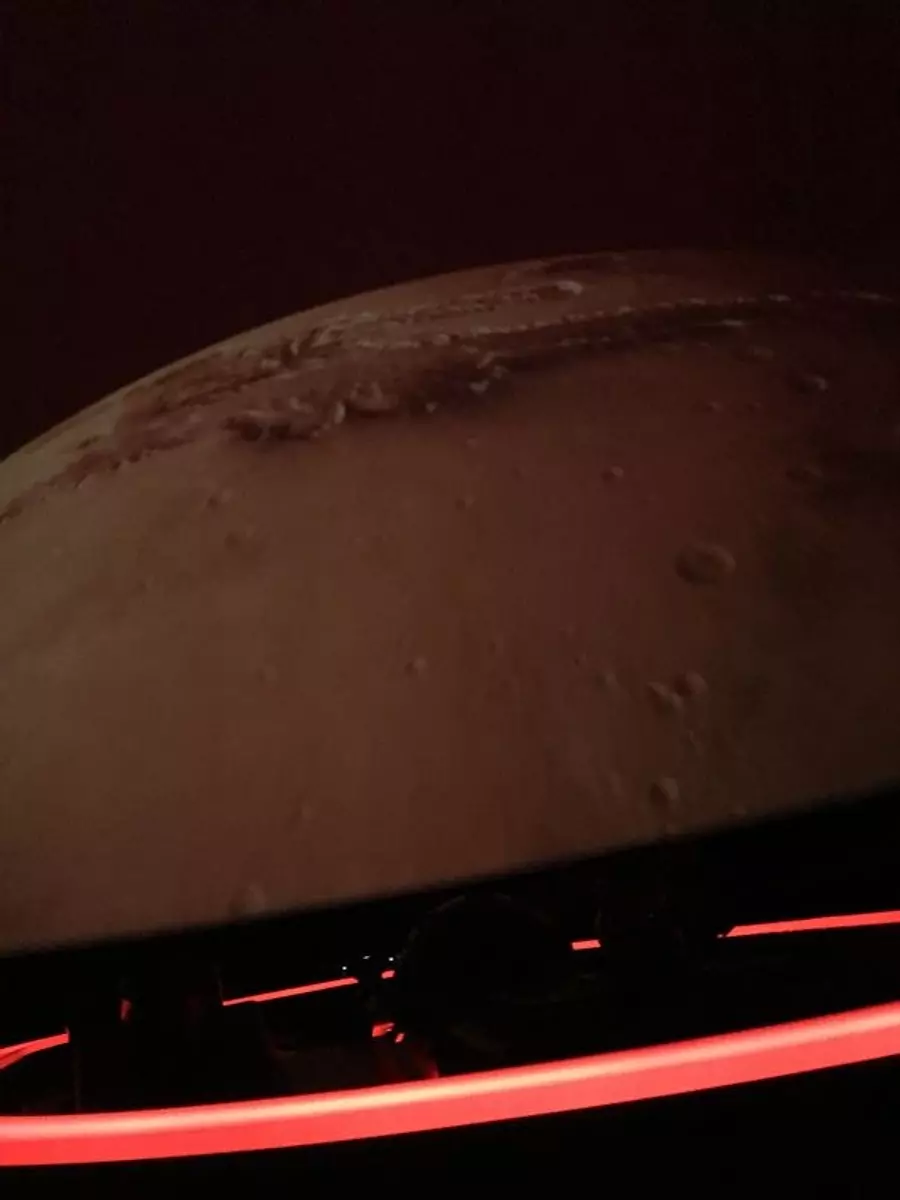
It's amazing that you can have a world-class space experience in YokkaichiCity.
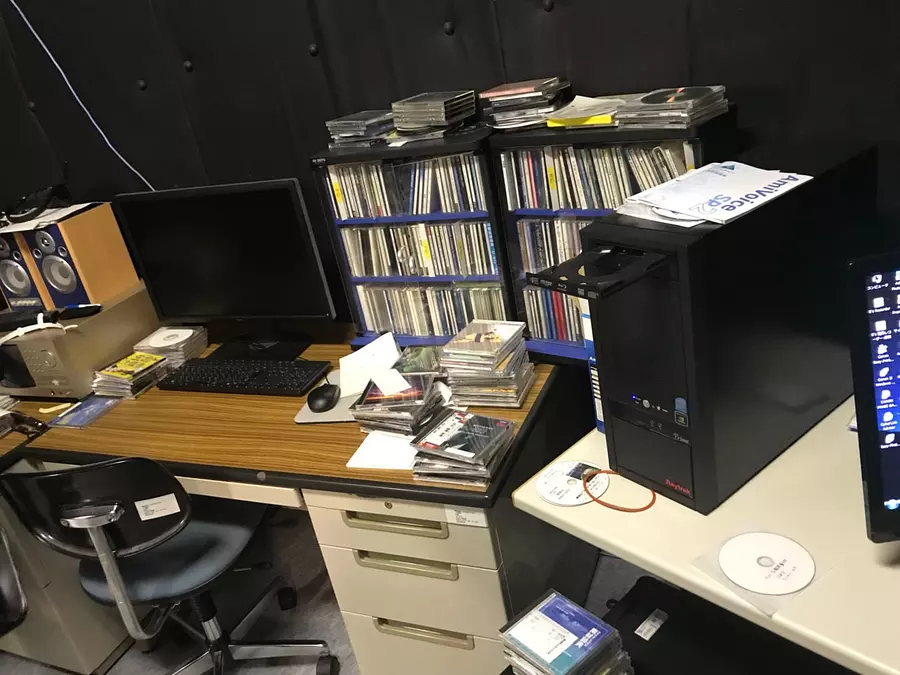
During this interview, I was able to get a special look at the behind-the-scenes of the planetarium, so I'll just introduce a little bit of it.
All the images in this planetarium are handmade!It's the dedication and effort that goes into creating a planetarium that astounds people.
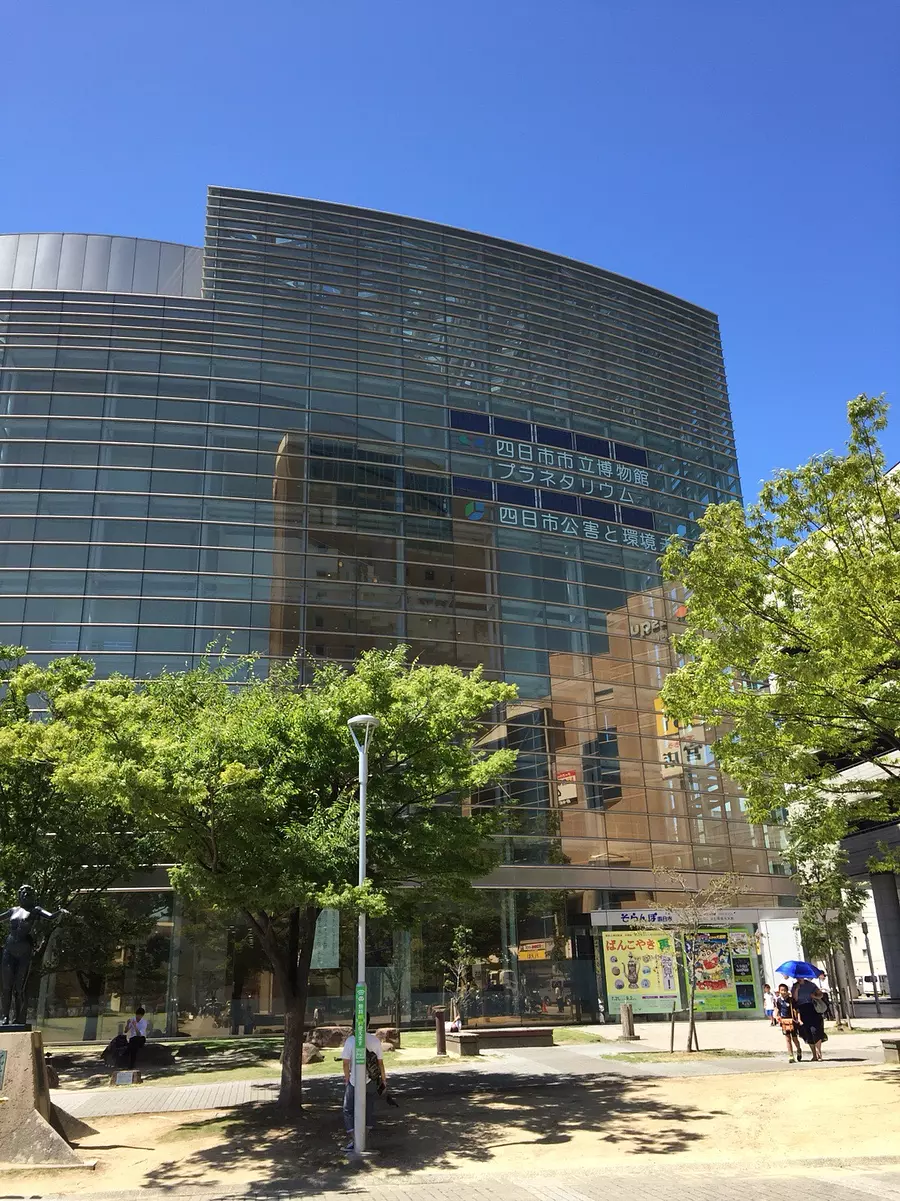
At first glance, the themes of history, pollution, and space seem to be disparate, but time begins in ancient times, passes through the Edo, Meiji, and modern times, and continues into the future. Space begins with a pit dwelling, scales up to the global scale and the cosmic scale, and everything becomes connected.
By the time you're done, you must have grown a lot.
Please come and visit YokkaichiMunicipalMuseum, the Yokkaichi Museum of Pollution and the Future of the Environment, and the planetarium.
[Soranpo Yokkaichi (YokkaichiMunicipalMuseum, Yokkaichi Pollution and Environmental Future Museum, Planetarium) Basic information]
·address
1-3-16 YokkaichiCity Mie Prefecture 510-0075
·telephone number
059-355-2700 (YokkaichiMunicipalMuseum /Planetarium)
059-354-8065 (Yokkaichi Pollution and Environmental Miraikan)
・Opening hours
9:30-17:00 (Admission until 16:30)
·closing day
Mondays (or the next weekday if Monday is a holiday), year-end and New Year holidays, and temporary closing days
·Traffic access
Approximately 3 minutes walk west from Kintetsu Yokkaichi Station
Approximately 20 minutes walk west from JR Yokkaichi Station
Car: Approximately 20 minutes from Yokkaichi Interchange on the Higashi-Meihan Expressway
※There is no parking lot. If you use JA Parking, you can receive a free parking ticket for up to 2 hours at the general reception.
·Fee
Yokkaichi Pollution and Environmental Future Museum: Free
Permanent exhibition at YokkaichiMunicipalMuseum (Space-Time Highway): Free
Special exhibitions and planned exhibitions at YokkaichiMunicipalMuseum: Prices vary depending on the exhibition
Planetarium: General 540 yen, University and high school students 380 yen, Junior high school and elementary school students 210 yen, Infants free
〇Click here for special articles on museums and art galleries in Mie Prefecture
Museum Museum & Art Museum Tour: Learn and enjoy Mie Prefecture
*The information posted is as of August 2018.
| Category | |
|---|---|
| area |
